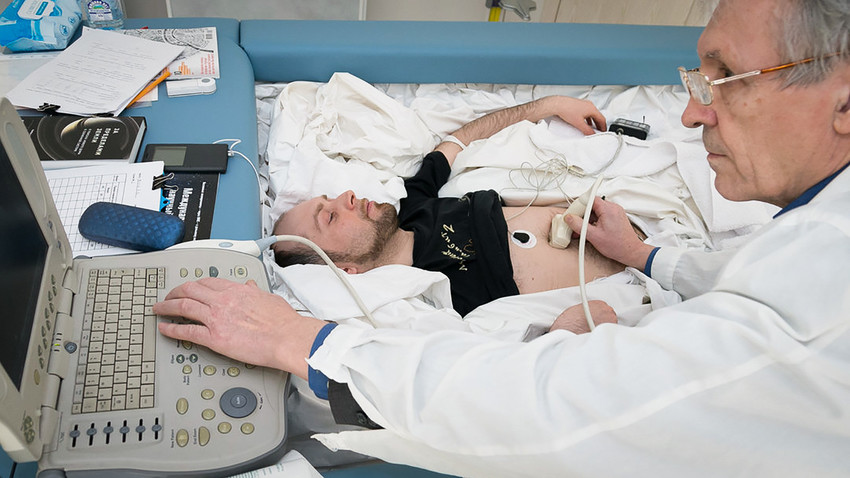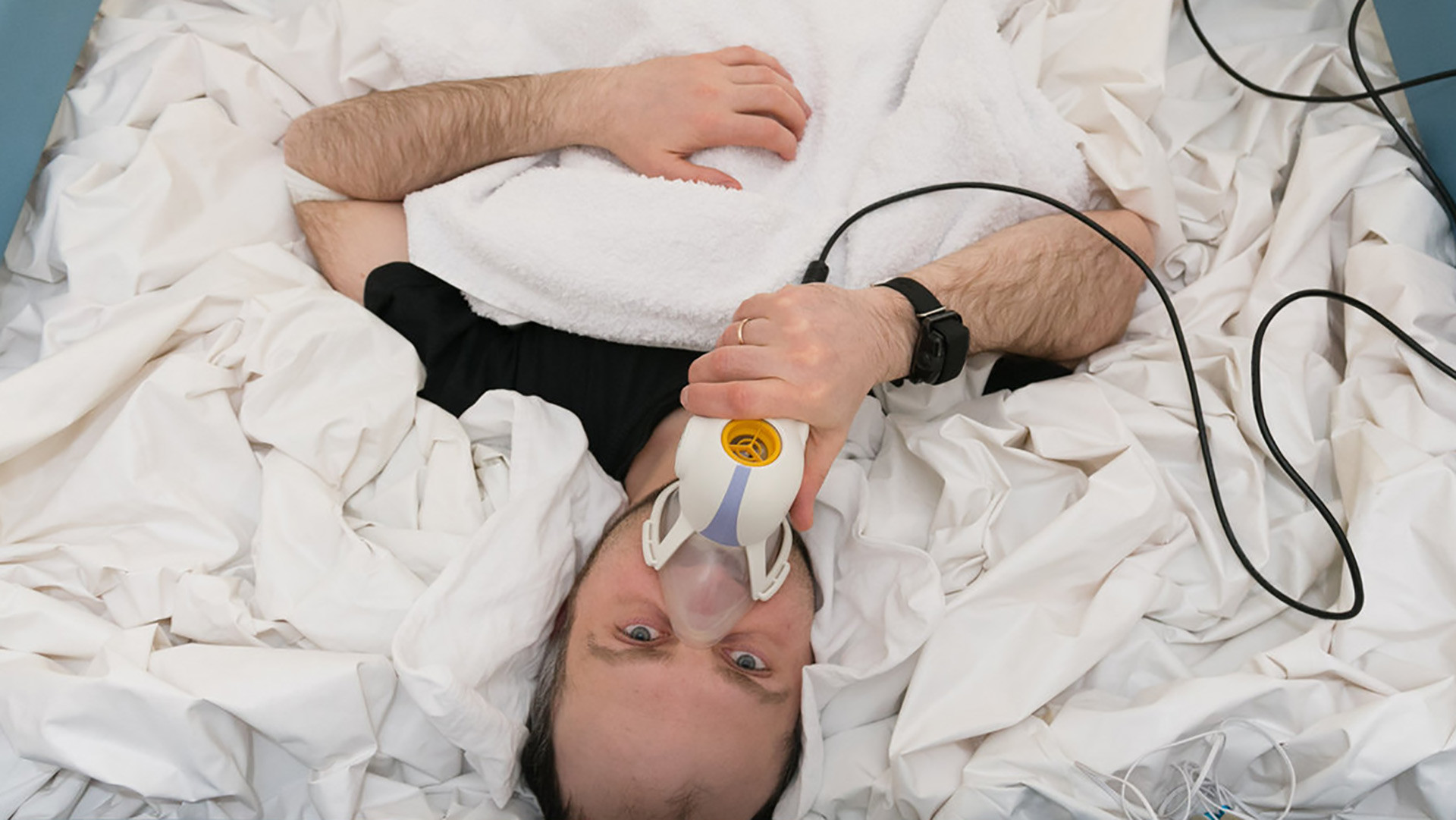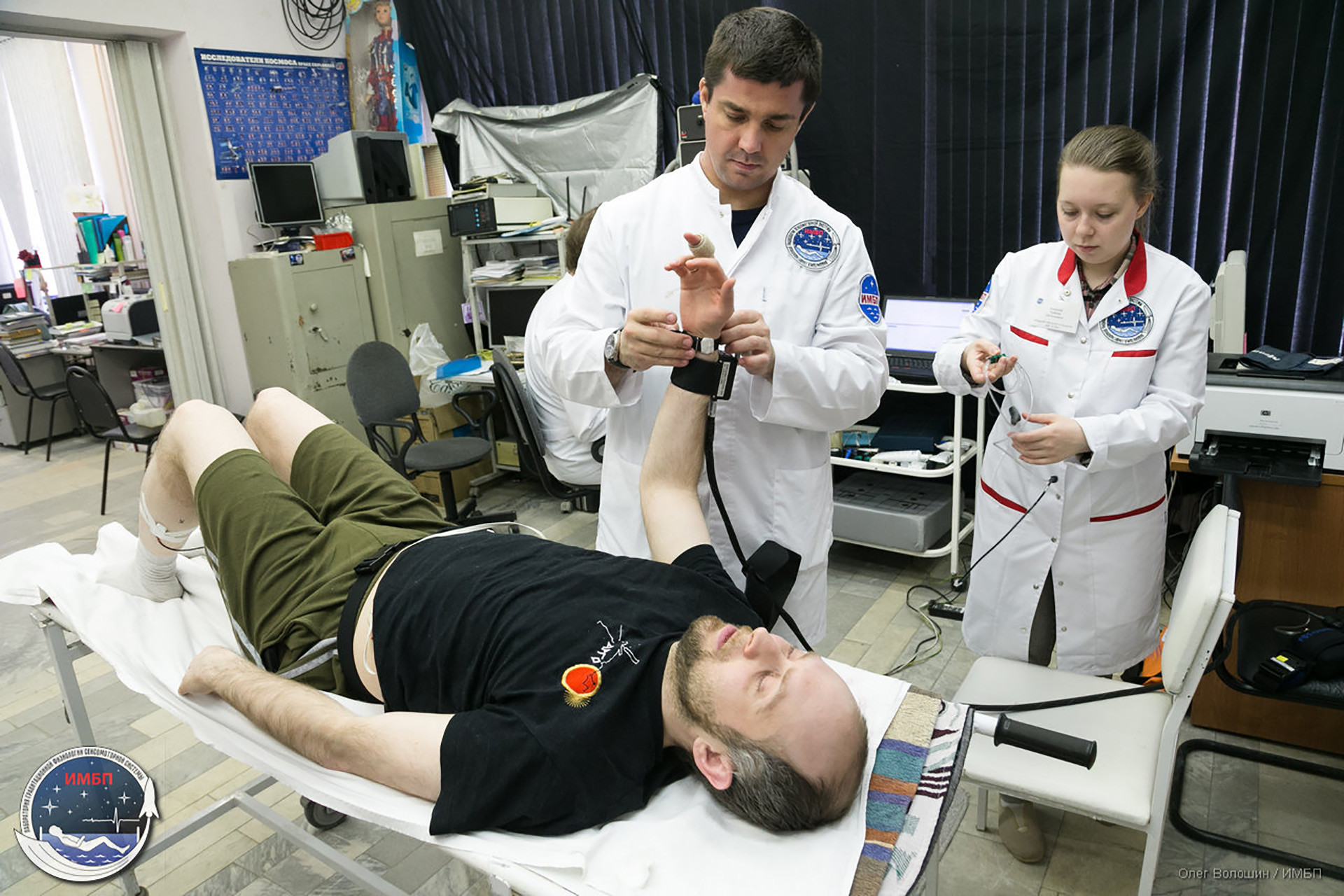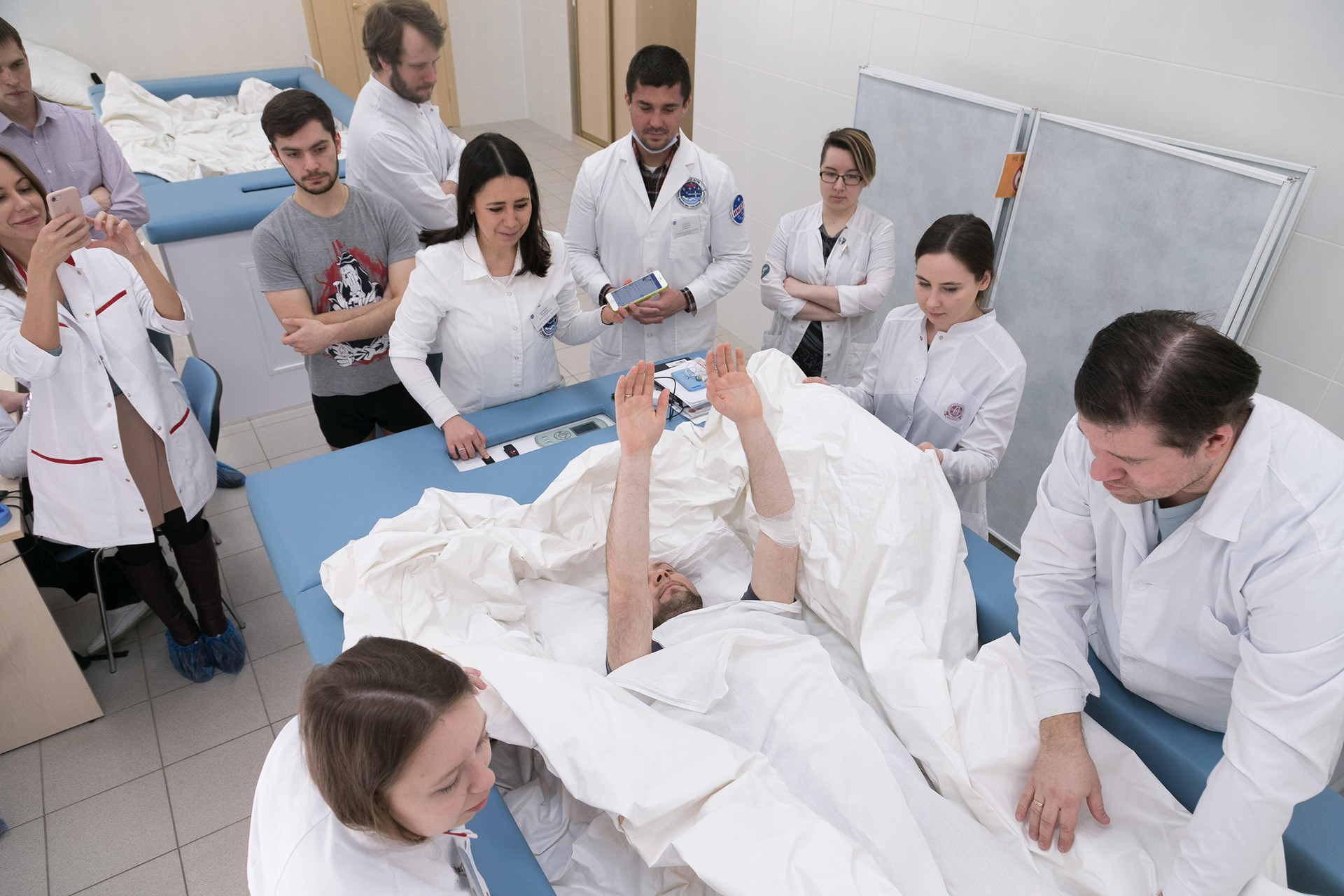Why did this Russian spend 5 days in a bath?

Aleksandr Khokhlov spent five days taking a bath, all for the sake of science. He wasn’t wallowing in your regular home bath, though. It’s called “dry immersion” and actually it feels quite similar to experiencing microgravity
“For the first hours without the support the gravity I felt easy, some other subjects even felt pleasure. The temperature of the water was comfortable, 31°C. However, on the first

Alexander passed medical tests almost every hour and had electromyostimulation for three hours. The latter feels like a punctual rhythmic slapping/tingling on the thighs and shins. Low-frequency electromyostimulation is used for compensating the harmful effects of weightlessness on cosmonauts and is also useful for elderly and sick people with limited mobility.
“The downside of weightlessness was the reaction of my stomach (flatulence, bloating and increased gas formation in the intestine),” explained Khokhlov. “Apart from that, you can have sleep disturbances. The first night I slept for only two hours. On the fifth day, though, I felt great as the result of euphoria from completing the experiment and my body adapting to the conditional weightlessness.”
The adverse effects of weightlessness
TheInstitute of Biomedical Problems (IBMP) where this experiment took place was founded in 1965 by the legendary Sergei Korolev and Mstislav Keldish for biomedical support of manned space flights. This is where professionals from physiology to psychology work together in a bid to make life safe, healthy, and comfortable on a space station.

One of the main wonders of space is weightlessness. In 1970 two
After this incident, space physicians and researchers from the IBMP were tasked with simulating weightlessness on Earth and developing the means to prevent its adverse effects.
Studying microgravity
Microgravity is the major health worry for long manned space flights. There are three ways of simulating weightlessness on Earth. First - real weightlessness, when flying in an airplane along a parabolic trajectory, but it lasts only 20-22 seconds.
Second -

Third - dry immersion, when the subject is placed in a special bath, which is covered with plastic sheeting to prevent contact with water. In this case, the influence of "weightlessness" on the body appears much faster, on average in three to five days. This model provides the main factors affecting the state of cosmonauts in weightlessness
If using any of Russia Beyond's content, partly or in full, always provide an active hyperlink to the original material.
Subscribe
to our newsletter!
Get the week's best stories straight to your inbox